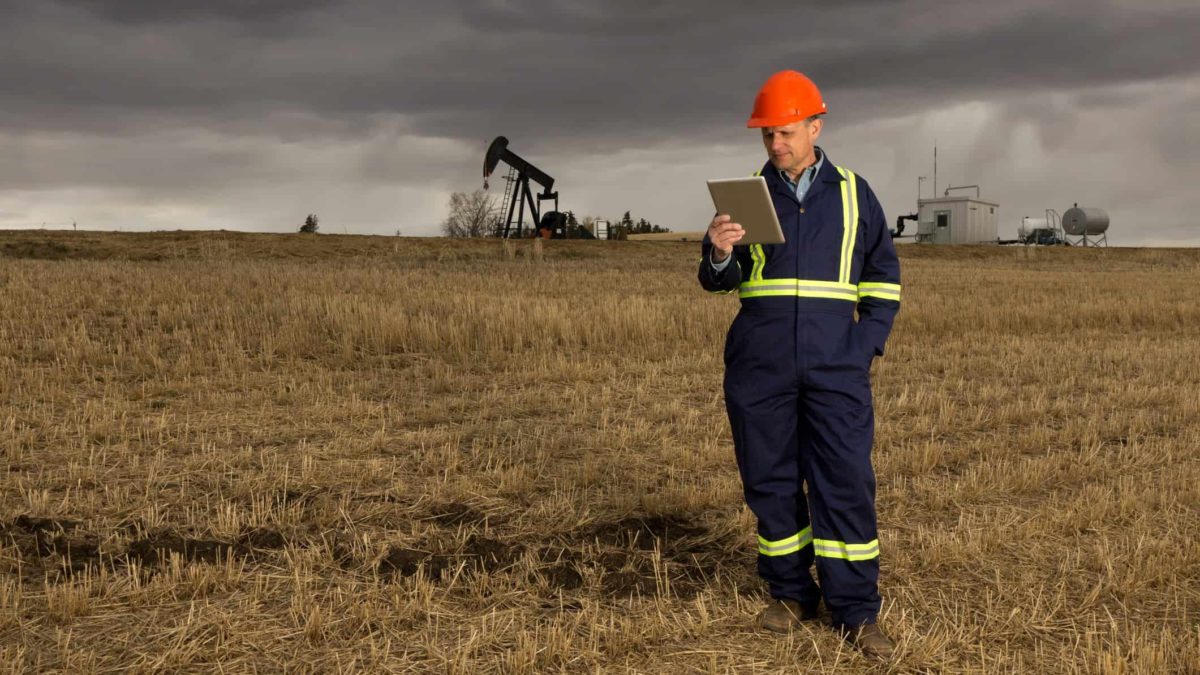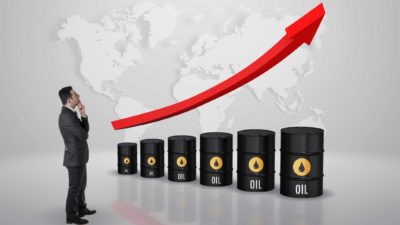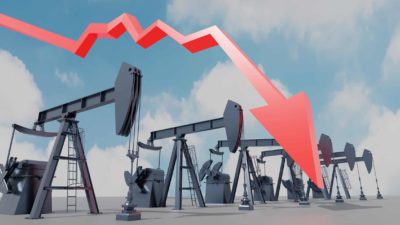Today has been an eye-opening day for gas prices, potentially putting question marks around energy producing shares such as Santos Ltd (ASX: STO).
Overnight, U.S natural gas futures soared more than 14%, with CNBC reporting the increase was due to predictions of cold weather in parts of North America.
But that might just be the start of it. Experts from Wood Mackenzie have tabled their predictions for gas prices in 2022, declaring the year could bring "a moment of truth" for supply and demand of the energy source.
As Santos is Australia's biggest supply of natural gas, those invested in the company's shares might want to keep an eye on the commodity over the coming months.
Here's what Wood Mackenzie recommends to look out for.
Could gas prices weigh on shares like Santos?
Demand for gas in 2022 is expected to be "resilient" according to the experts.
However, investments in renewables and batteries might increase, putting a ceiling on demand for the commodity.
Additionally, the team at Wood Mackenzie predict gas' place in the energy transition might be questioned if prices remain high.
Political tensions, weather, and climate concerns could all see gas prices surge this year. And one of the biggest sources of drama could be the European Commission.
The experts predict that a new proposal outlining if projects can be labelled "transitional investments" in the European Union (EU) could help to boost the finances of gas producers this year.
The proposal is intended to help finance the EU's carbon reduction objectives. So far, the EU has stated that gas projects can be classed 'transitional' if their emissions are below 100 grams per kilowatt hour.
According to Wood Mackenzie, that means only plants with carbon capture and storage capabilities would fit within the framework.
Those who own Santos shares may already know that it's working to create a carbon capture and storage project, named Moomba, in outback South Australia.
It's also recently partnered with the CSIRO to work on carbon capture technology.
Though, unabated gas-fired power plants might also be classified as 'transitional' if they're commissioned before 2030. But such classifications are unlikely to be a cure-all. Wood Mackenzie's report states:
Supporters of this latest version argue this will be necessary to help countries reduce coal capacity and build resilience as power systems shift towards renewables.
On the face of it, whether unabated gas-fired plants will be defined as "transitional investments" in the EU taxonomy could be a moment of truth for the global gas industry. Financial and non-financial investors would be able to increase their corporate "green scoring" by investing in gas, including outside Europe… But the EU recognition of gas power plants as a transitional investment is no panacea for the gas industry. Gas prices will need to come down to accommodate increased investments in gas use.
What else could move gas prices in 2022?
Fortunately, Wood Mackenzie believes that gas prices could be on a downward trajectory, but only if Russia's Nord Stream 2 pipeline is commissioned.
It noted that its possible gas storage inventories will have dropped below 15 billion cubic metres by April. While prices might fall at the end of winter, the need to fill the storage deficit will be significant.
The pipeline between Russia and Germany might be the only way to fill storage inventories. But tensions between Russia and Ukraine could stall its commissioning.
Another happening that will likely impact demand for gas is potentially obvious. That is, the weather. The experts commented:
Normal winter weather, including in Asia, and visibility on Nord Stream 2 commissioning would push prices down, although demand for storage (and high carbon prices) will maintain prices above US$15 per metric million British thermal unit. But cold winter weather in Europe and Asia alongside continued uncertainty about commissioning of Nord Stream 2 could see prices increase further throughout 2022.
Finally, Wood Mackenzie predicts that LNG oil-indexated contracts could rise by as much as 12% on a weighted average basis.
Though, it noted that contracts starting before 2025 will likely attract premiums, while those starting after could be priced lower.









